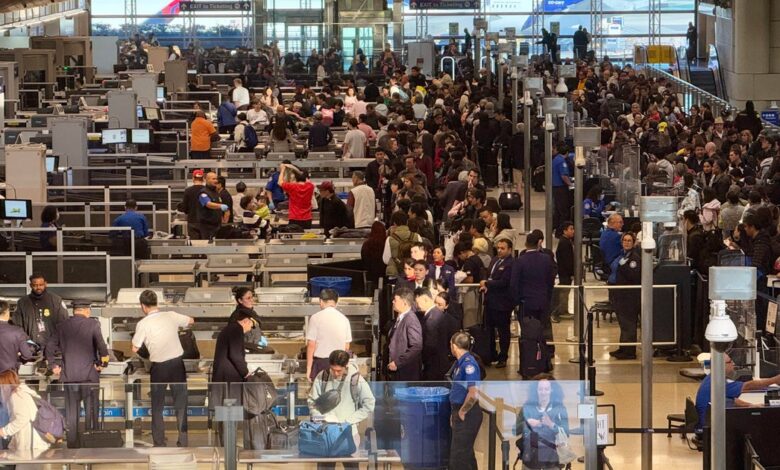Flying without a Real ID after today’s deadline? Here’s what to know at the airport

Travelers across the United States are facing a new reality as the federal government begins enforcing Real ID requirements for state-issued identification documents such as driver’s licenses. This national set of standards is designed to enhance security at airports and other transportation hubs.
The Transportation Security Administration (TSA) announced that starting today, IDs that do not comply with Real ID requirements will no longer be accepted. This means that travelers must have a Real ID-compliant form of identification to pass through airport security checkpoints. The TSA is committed to implementing Real ID efficiently while ensuring the safety and security of passengers.
For those wondering if they need a Real ID to fly, the answer is yes. The TSA will only accept IDs that meet Real ID requirements, including enhanced IDs issued by five states: Michigan, Minnesota, New York, Vermont, and Washington. These enhanced IDs are also acceptable for crossing the U.S. border in a vehicle.
If you find yourself without a Real ID, there are alternative forms of identification that the TSA will accept at security checkpoints. These include a U.S. passport or passport card, cards from Department of Homeland Security trusted traveler programs like Global Entry, U.S. Department of Defense ID, permanent resident card, and more. It’s important to note that temporary driver’s licenses are not considered valid forms of ID.
Homeland Security Secretary Kristi Noem assured lawmakers that travelers without a Real ID will still be allowed to fly, but they may face additional steps at security checkpoints. Passengers may need to have their identity verified by providing information such as their name and current address. Those with confirmed identities will undergo additional screening, while those without confirmed identities will not be permitted to pass through security.
To determine if your ID is Real ID-compliant, look for a star marking at the upper-right part of the card. Children under 18 are not required to have an ID when traveling within the U.S., but it’s advisable to check with your airline for specific requirements.
In conclusion, the enforcement of Real ID requirements is a significant change for travelers, but with proper preparation and alternative forms of identification, the process can be navigated smoothly. The TSA is committed to ensuring the safety and security of all passengers while minimizing disruptions at airport checkpoints.





